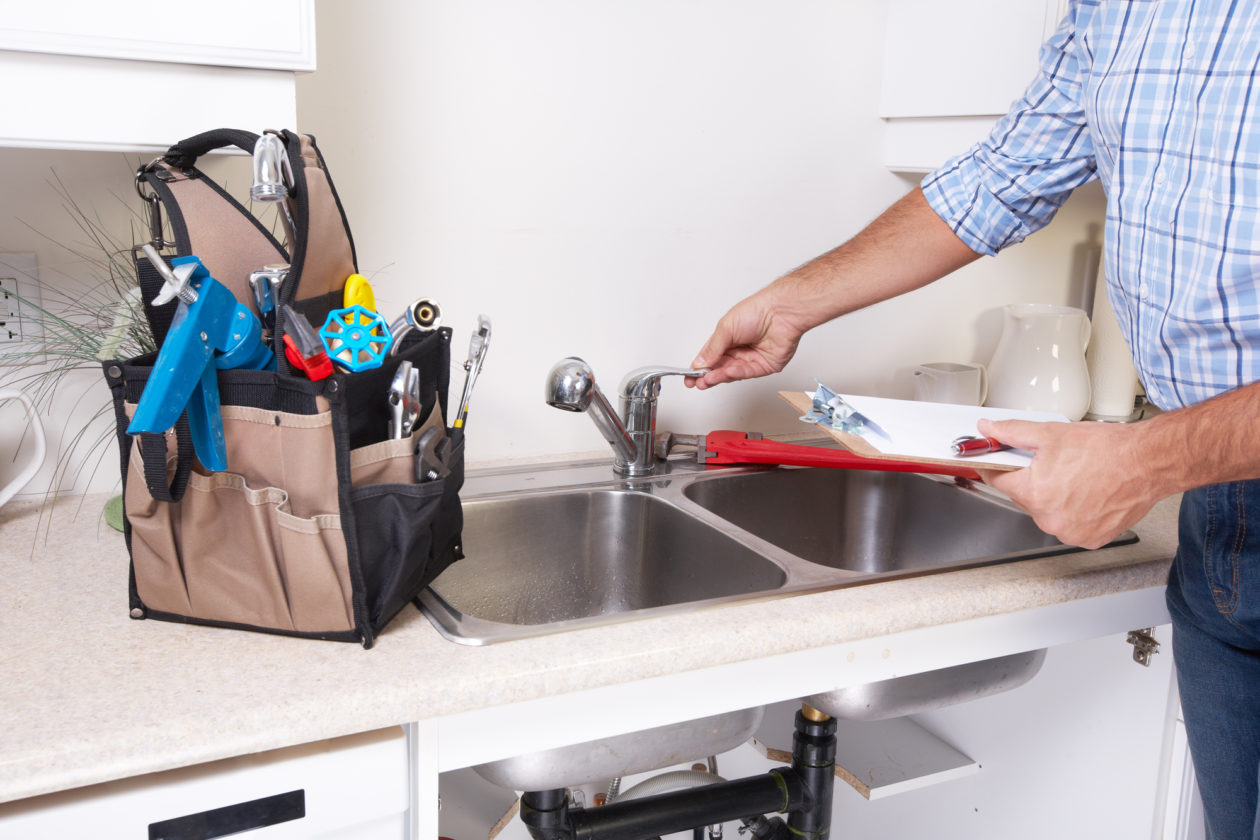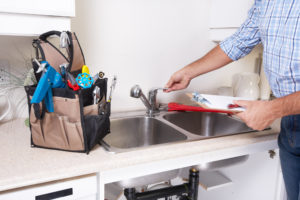
 Most people don’t think much about a home plumbing maintenance routine until a problem pops up, whether it’s a clogged sink or a backed-up sewer line. However, your home’s plumbing system is a significant investment, accounting for up to 15 percent of your home’s value.
Most people don’t think much about a home plumbing maintenance routine until a problem pops up, whether it’s a clogged sink or a backed-up sewer line. However, your home’s plumbing system is a significant investment, accounting for up to 15 percent of your home’s value.
When your home’s plumbing system is well maintained, you can be assured of fresh clean water to protect the health of your family and to rely on for household chores and hygiene. Having a regular plumbing maintenance routine can protect your investment in your home and ensure that your plumbing system is at its best whenever you need it.
Why is a Plumbing Maintenance Routine Important?
Your family’s health and hygiene depend on clean water delivered to sinks and tubs throughout your home. It’s important to watch for problems and catch them while they’re small, to avoid big messes and even bigger bills. A plumbing maintenance routine can ensure that water-saving devices work correctly to increase home water efficiency, protecting communities in times of water shortage and drought, as well as increasing your home’s energy savings.
Daily Routine
Having a daily plumbing maintenance routine can stop most problems before they start, particularly the most common household plumbing issue: clogs. Here are some tips for a daily plumbing maintenance routine.
- Never put grease or oil down the drain.
- Always turn on the water and the garbage disposal before putting food down the disposal. Avoid putting fibrous or stringy foods in the garbage disposal, such as banana peels, celery, potato skins, carrot peels and other foods that are difficult to grind up.
- Run your dishwasher at night to preserve hot water and water pressure for daytime use.
- In the bath, limit your use of bath oils to avoid clogging the drain.
- Install mesh strainers over tub and shower drains to prevent hair and soap chunks from going down the drain.
- Don’t flush anything besides human waste and toilet paper down the toilet. While other products may claim to be flushable, it’s best to throw tampons, moist wipes, and other products in the trash to reduce clogging.
Weekly Routine
Checking your pipes and faucets weekly is also part of a good plumbing maintenance routine.
- Check under sinks for evidence of leaks or other signs of moisture, including puddles, water marks, musty odors or mold growth.
- Test sinks and showers/tubs for drainage problems. Drains should have a full swirl as the water goes down; bubbles could indicate a clog or slow drain.
- Check faucets for leaks; water should not be coming out of the handles or valves.
- Clean the debris from the lint drain of your washing machine.
- Clean the drain lines by completely filling the sinks and tubs, then releasing all of the drains at once. The force of the high volume of water rushing through the pipes can help keep the drain lines clean and clog-free.
Many problems can be caught early or avoided altogether just by establishing and following through on your own plumbing maintenance routine. In addition to the above daily and weekly routines, every six months you should exercise the plumbing valves. Check each water valve by simply closing it and then reopening it. This will keep the valves from sticking and help you find water leaks that can be stopped just by tightening the packing nut on the valve with an adjustable wrench. To learn more about our residential plumbing maintenance routine, click here.
Write a comment: